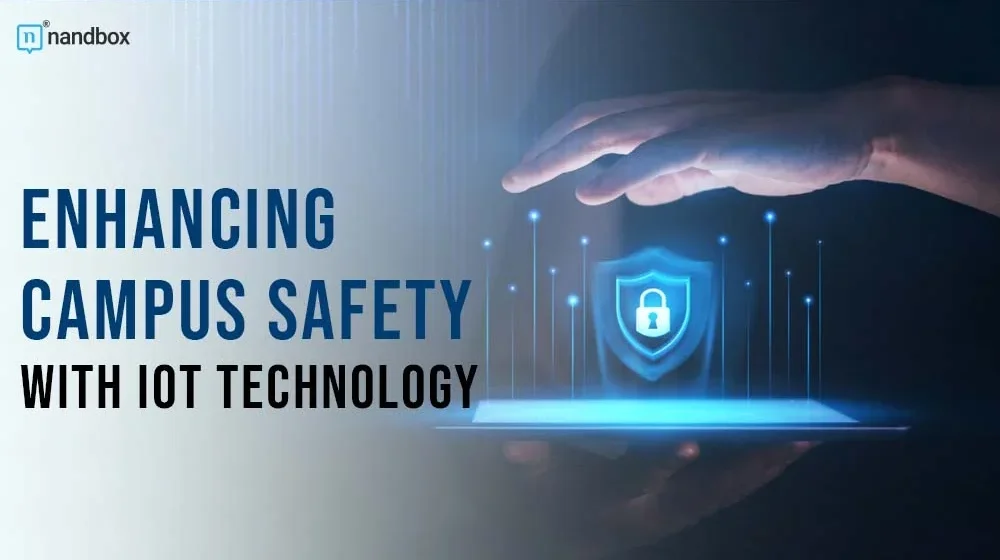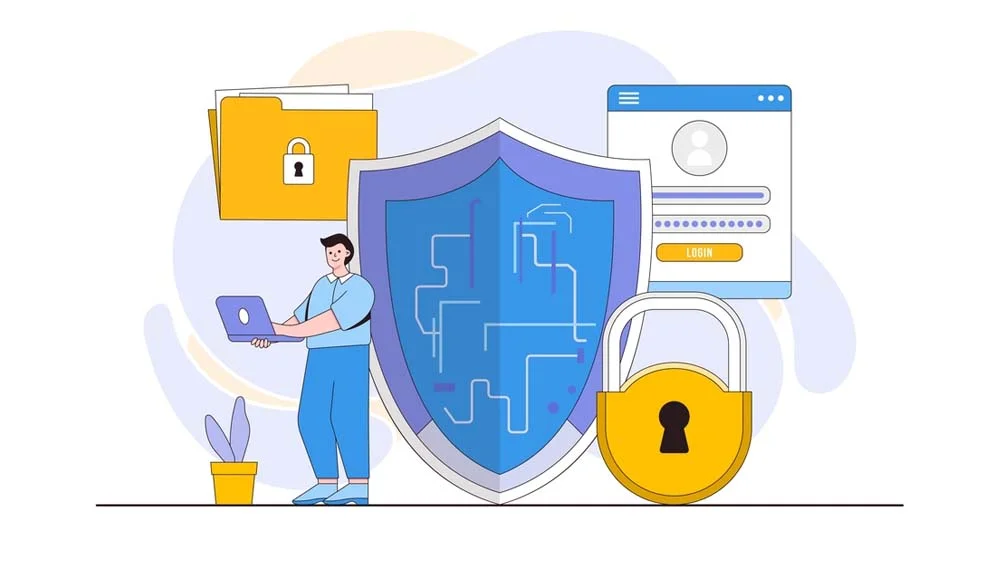The Internet of Things is revolutionizing various industries by connecting devices and enabling them to communicate and share data. This technological advancement has found significant applications in education, particularly in enhancing campus safety. Ensuring student safety on campus is a top priority for educational institutions, and IoT offers innovative solutions to address this critical concern. By integrating IoT technologies, campuses can become safer environments where students can focus on their academic pursuits without worrying about their security.
IoT in the Context of Campus Safety
IoT refers to a network of interconnected devices that collect and exchange data to perform specific functions. These devices include sensors, cameras, biometric scanners, and other smart technologies that communicate over the internet. In the context of campus safety, IoT can be integrated into the campus infrastructure to monitor, detect, and respond to potential threats in real-time. For instance, IoT-enabled devices can automate various safety protocols, providing continuous surveillance and immediate alerts in case of emergencies.
The implementation of IoT on campuses can range from simple applications like smart lighting systems to more complex systems like integrated surveillance and access control. For students and faculty, understanding how IoT works and its benefits is crucial. Just as students use top essay writing services efficiently, leveraging IoT technologies can streamline safety measures, making campuses more secure and responsive to potential risks.
Smart Surveillance Systems
One of the most effective ways IoT enhances campus safety is through smart surveillance systems. Traditional surveillance cameras have limitations, such as low-resolution images and delayed response times. IoT-enabled smart cameras, on the other hand, offer high-definition video quality, real-time monitoring, and advanced features like facial recognition and motion detection.
These smart cameras are connected to a central system that continuously analyzes the footage for any unusual activities or behaviors. If the system detects something suspicious, it can automatically alert campus security personnel, allowing them to respond promptly. This proactive approach significantly reduces the time it takes to address potential threats, thereby enhancing the overall safety of the campus.
Additionally, smart surveillance systems can be integrated with other IoT devices, such as emergency alert systems and access control mechanisms, to provide a comprehensive safety solution. For instance, if a camera detects an unauthorized person trying to enter a restricted area, it can trigger an alert and lock down the area immediately, preventing any potential security breaches.
Access Control and Monitoring
Access control is another critical aspect of campus safety that can be significantly improved with IoT technology. Traditional access control methods, like keys and ID cards, can be easily lost, stolen, or duplicated, posing security risks. IoT-based access control systems, however, use advanced technologies like biometric scanners, smart locks, and mobile access solutions to ensure that only authorized individuals can enter specific areas.
Biometric scanners, such as fingerprint and facial recognition systems, offer a higher level of security as they rely on unique biological characteristics that are difficult to replicate. These scanners can be installed at entry points to dormitories, classrooms, laboratories, and other sensitive areas on campus. When a student or staff member attempts to access these areas. The system verifies their identity in real time, granting or denying access based on the authorization level.
Moreover, campus security can monitor IoT-based access control systems remotely, overseeing multiple entry points simultaneously. This centralized monitoring capability ensures prompt detection and response to any suspicious activity. Additionally, maintaining access logs tracks who enters specific areas and when, providing valuable data for security audits and investigations.
Emergency Response Systems
IoT-powered emergency response systems are a game-changer for campus safety. These systems include devices like panic buttons, wearable emergency alarms, and automated alert systems that provide immediate assistance in critical situations. When a student or staff member activates a panic button, an alert is sent to campus security and local law enforcement, along with the person’s location. This quick response can be lifesaving in situations like medical emergencies, assaults, or natural disasters.
Wearable devices, such as smartwatches with emergency alert features, can also play a significant role in personal safety. These devices allow users to send distress signals discretely, which is particularly useful in threatening situations. Automated alert systems integrate into the campus’s public address system, sending real-time notifications to students and staff via text messages, emails, and campus app alerts.
Environmental Monitoring
Maintaining a safe and healthy environment is crucial for students’ well-being. IoT technology enables continuous monitoring of environmental factors such as air quality, temperature, humidity, and water safety. Sensors placed around the campus can detect harmful levels of pollutants or hazardous substances, immediately alerting the relevant authorities to take corrective actions.
For example, air quality sensors can monitor levels of carbon dioxide, smoke, and other pollutants. If the sensors detect unsafe levels, an alert can be sent to facility managers to address the issue. Similarly, temperature and humidity sensors can help maintain comfortable and safe indoor environments. Which is particularly important in areas like libraries, laboratories, and dormitories. Water quality sensors ensure that drinking water and recreational water bodies on campus are safe from contaminants. This proactive approach not only ensures a healthy environment but also helps prevent potential health hazards.
Data Privacy and Security Concerns
While IoT devices offer numerous benefits for campus safety, they also pose challenges regarding data privacy and security. With the vast amount of data being collected and transmitted, ensuring this information is protected from unauthorized access and breaches is paramount. Educational institutions must implement robust cybersecurity measures to safeguard sensitive information.
To prevent unauthorized access, it is vital to encrypt data both in transit and when at rest. Updates and patches are necessary for IoT devices to protect them from known vulnerabilities. Institutions should also adopt strict policies for access control to ensure that only authorized personnel have access to sensitive data. It is important to educate students and staff on data privacy and best practices in order to maintain a secure environment.
Transparency is essential to maintaining trust between students and employees. The institutions should communicate clearly what data is collected, how the data is used, and what the protection measures are. By proactively addressing the concerns of educational institutions, they can ensure the benefits of IoT without compromising privacy and security.
Conclusion
Incorporating IoT into campus safety measures offers significant advantages. From enhanced surveillance and rapid emergency response to secure access control and environmental monitoring. These technologies provide a comprehensive approach to ensuring student safety, making campuses more secure and responsive to potential threats.
However, it is essential to address the associated data privacy and security challenges to maintain trust and protect sensitive information. As educational institutions continue to adopt IoT technologies, they must remain vigilant and proactive in implementing robust cybersecurity measures.
The integration of IoT into campus safety protocols represents a forward-thinking approach to creating a secure learning environment. Just as students might seek assistance from college essay writing services to improve their academic performance, institutions can leverage advanced IoT solutions to enhance campus safety. By embracing these technologies, campuses can ensure a safer, healthier, and more productive environment for students and staff, fostering an atmosphere where academic and personal growth can thrive.





